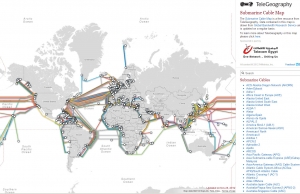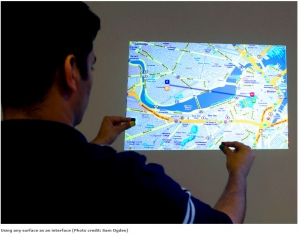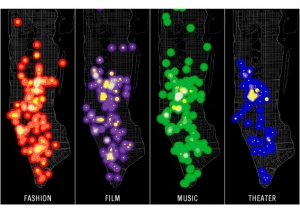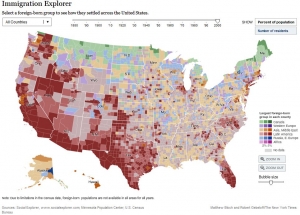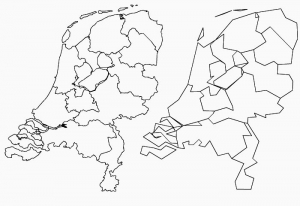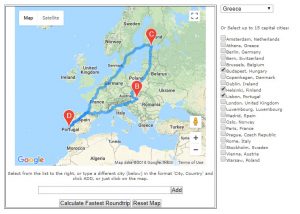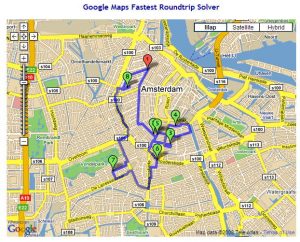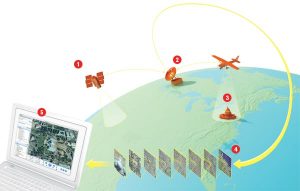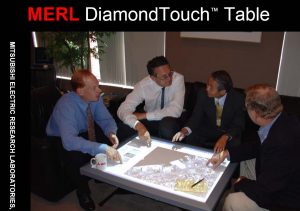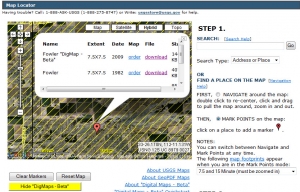 The USGS which calls itself “the nation’s largest water, earth, and biological science and civilian mapping agency” yesterday announced the availability of free vectorized topographic maps for the US in GeoPDF format. Details are on their Digital Map home page. Raster images of topographic maps have been available in GeoPDF form for some time, but the new series will include vector “layers” which can be switched on and off – contours, water, transportation, labels, etc. … just like a real GIS, but much easier to share. So far, only Arizona is available from the USGS, but much more will be released this year.
The USGS which calls itself “the nation’s largest water, earth, and biological science and civilian mapping agency” yesterday announced the availability of free vectorized topographic maps for the US in GeoPDF format. Details are on their Digital Map home page. Raster images of topographic maps have been available in GeoPDF form for some time, but the new series will include vector “layers” which can be switched on and off – contours, water, transportation, labels, etc. … just like a real GIS, but much easier to share. So far, only Arizona is available from the USGS, but much more will be released this year.
The GeoPDF reading software (TerraGo Desktop) can be download free from the developer, TerraGo Technologies. It is essentially a toolbar which is added to Adobe Reader which makes it possible to see the layers, to do a few spatial calculations (distance and area), and with a single click, hop into Google Maps. This is a fascinating development for the GIS world. Late last year ESRI announced an extension for ArcGIS 9.3 for exporting to GeoPDF. The US government is embracing GeoPDF in a big way, so little TerraGo will probably go a long way. After three venture-capital financing rounds will they go public, or be gulped by Google? Could we be looking at the ultimate Google/GIS Mashup? More later.
Update 30/6/2018: TerraGo has expanded and developed new products and remains independent. Interesting: TerraGo Magic
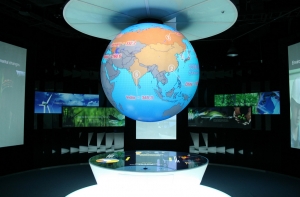 An exciting approach to understanding the Earth is offered by Global Imagination based in Santa Clara CA. This article in the New York Times describes applications in schools, museums, industry and government. Magic Planet globes range in size from 40 cm to 3 meters with a projection system which is either built into the base or external, and software for showing or creating custom geography-based stories. China is a booming market, and worldwide the education technology market is expected to grow from 31 billion to 60 billion during the next five years.
An exciting approach to understanding the Earth is offered by Global Imagination based in Santa Clara CA. This article in the New York Times describes applications in schools, museums, industry and government. Magic Planet globes range in size from 40 cm to 3 meters with a projection system which is either built into the base or external, and software for showing or creating custom geography-based stories. China is a booming market, and worldwide the education technology market is expected to grow from 31 billion to 60 billion during the next five years.
